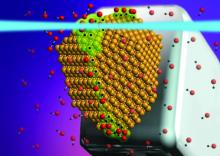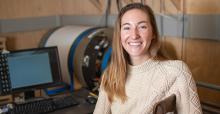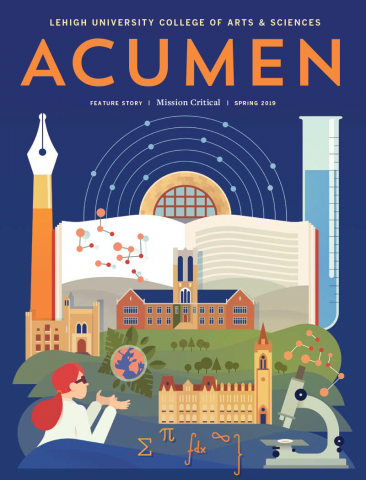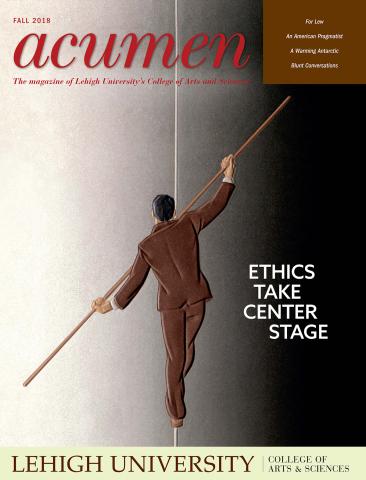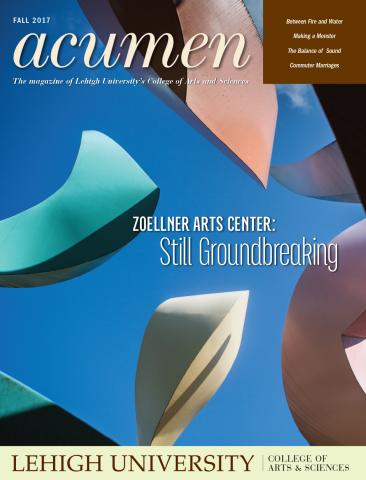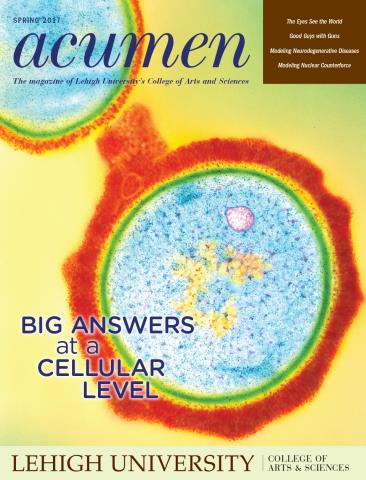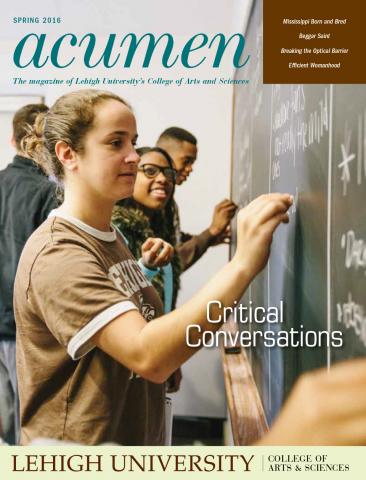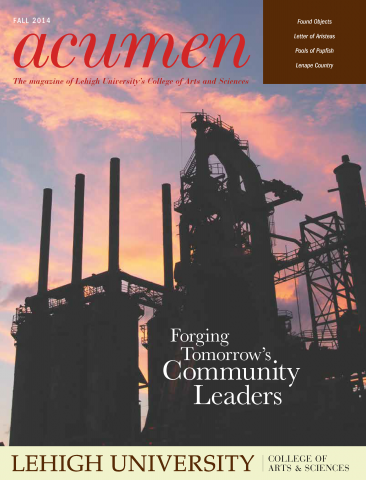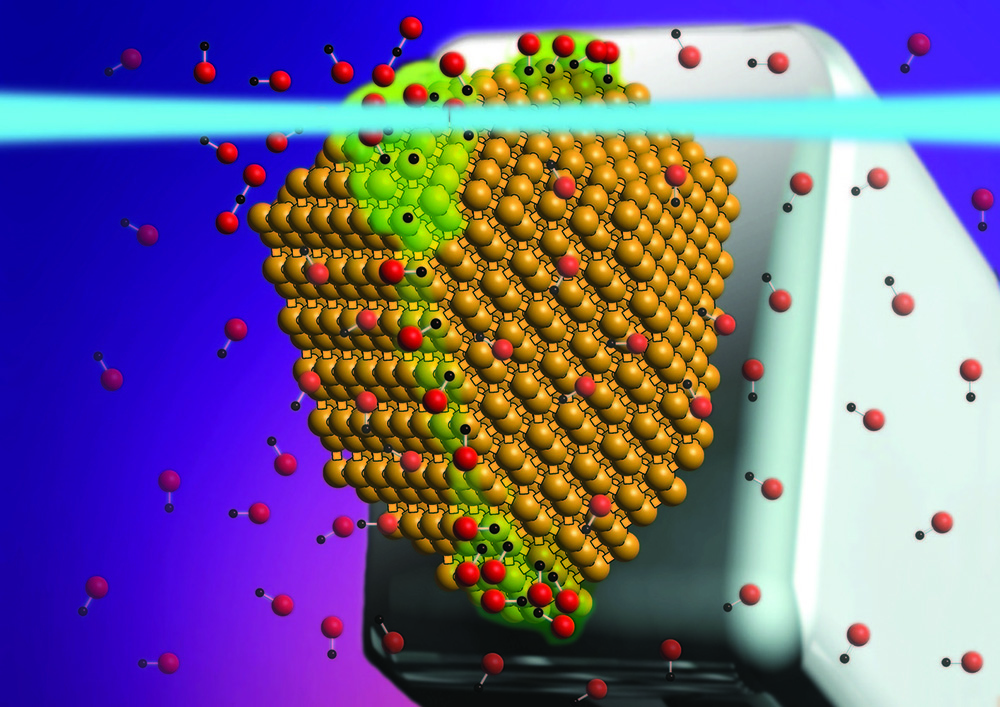
With limited natural resources and a growing global population, new materials that lower our energy consumption and its cost are critical. Research led by quantum chemist Lisa Fredin explores the chemistry of surfaces and nanostructures to better understand the fundamental properties of emerging materials.
“For a long time, people have calculated properties on idealized structures that don’t match what people measure. The computational people say the measurement is wrong, and the experimentalists say the theory is wrong,” says Fredin, assistant professor of chemistry. “Often, you are really just comparing apples and oranges.”
Fredin uses quantum mechanics to study the photochemical, electronic and magnetic properties of materials and improve scientists’ fundamental understanding of structure-activity relationships in catalytic processes, charge and energy transfer, and electron or hole transport in complex electronic systems. Her “lab” is a room of computers, paired with high-performance computer clusters. Using supercomputers at Lehigh and the National Science Foundation, Fredin’s team develops models at the interface of experiment and theory to predict the fundamental electronic properties of materials as they are actually measured by experiments.
“Through computation, we’re always trying to determine fundamentally, and understand, how the quantum mechanics are affecting the properties we measure,” she says. “We can use that knowledge to recommend to colleagues future materials to be considered in their labs.”
For instance, gold is typically considered chemically inactive, which is why it is most often recognized as a material for jewelry and coinage. But over the last 20 years, it has become increasingly clear that by shrinking gold to the nanoscale, the material possesses interesting optical and chemical properties. Fredin’s group is exploring the reactivity of gold particle surfaces, as they are used in a variety of applications from health care to electronics. The fundamental properties of these particles can be used to drive reactions at lower temperatures. In one instance, cleaning carbon monoxide from motor vehicle and industrial emissions and converting it into carbon dioxide traditionally has taken temperatures of at least 400 degrees Celsius. Now with a nanosized gold pyramid, this reaction can be initiated using sunlight and run at room temperature.
“We are modeling the different steps of the catalytic reaction, mapping through time what is happening,” Fredin says.
The group’s work allows Fredin the opportunity to partner with experimentalists working on both inorganic and organic materials, bridging physical chemistry, material science and nanotechnology. On another project, she is currently collaborating with fellow Lehigh chemists and physicists to explore organic materials for singlet fission. Mark Chen, associate professor of chemistry, and his team synthesize new organic molecules, and Fredin’s group calculates their properties. Elizabeth Young, assistant professor of chemistry, and Ivan Biaggio, professor of physics, and his team then measure the photoresponse of the materials. The multi-PI team is harnessing the powerful combination of synthesis, characterization and computation by leveraging the unique properties of organic molecules to try to achieve photovoltaics that have greater than 100-percent efficiency.
Combining molecular and materials prospective, the Fredin group seeks to uncover insights into the fundamental properties of a broad range of atomic to nanoscale materials and build computational models that are both descriptive and predictive.
Image credit: K. Dill/NIST









